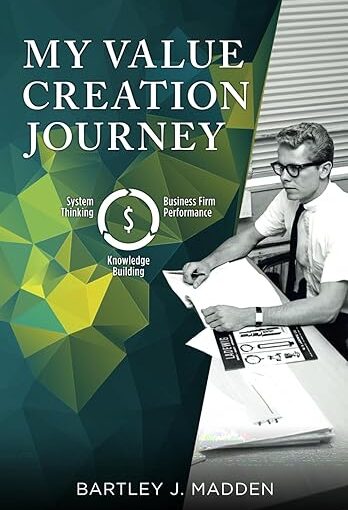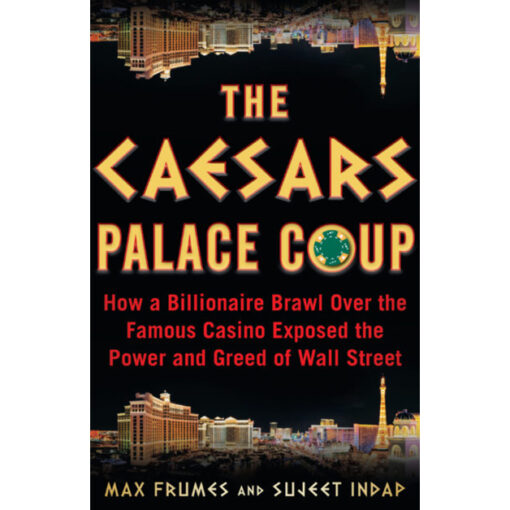[ad_1]
US government money market funds have enjoyed record inflows this year as their 5%-plus yields — the highest in decades — and lower-risk status have obvious appeal for investors.
But we believe intermediate high-quality bonds may offer an important and compelling option for clients’ longer-term portfolio allocations thanks to their historically elevated yields, longer duration profiles, and potentially negative return correlation with equities and other higher-risk assets.
1. Yields are at a 16-year high.
Yield is often the best predictor of a bond’s total return over the intermediate or longer term, and the yield of the Bloomberg US Aggregate Index (Aggregate Index) may represent an attractive valuation entry point for investors.
In contrast, yield is not a good predictor of longer-term returns for money market funds. After all, money market interest rates can change on a daily basis and pose reinvestment risk over short time horizons. Moreover, the market has recently pushed out major rate cuts into the second half of 2024. But if the economic outlook deteriorates more quickly than is currently expected, the US Federal Reserve could slash short-term interest rates sooner, further compromising money market yields and total returns.
Looking ahead, we believe investors should consider the value longer-duration bonds may offer in a future environment marked by federal funds rate cuts beyond what the market has currently priced in. While cash offers limited upside, as previous results indicate, the Aggregate Index could generate an intermediate-term total return in excess of today’s yield.
2. Duration has traditionally benefited from falling interest rate environments.
While the Fed has pledged “higher for longer” short-term rates, should the economy fall into recession over the next year, they may choose to cut rates sooner than currently expected. High-quality bond market total returns have tended to outperform in falling interest rate environments. Why? In part, because of the longer interest rate duration profile. Money market funds, on the other hand, do not have significant duration exposure and will gain little benefit from a move lower in interest rates.
As the following exhibit demonstrates, when the Fed has eased monetary policy over the past 25 years, it has cut interest rates quickly and sharply. In periods like the present, when rates exceed 5%, rate cuts have totaled 4.5% to 5% over an approximate 1.5-year period. The fixed-income markets currently forecast federal funds rate cuts of less than 1% over the next 1.5 years. During past Fed easing cycles, the Aggregate Index outperformed cash by a considerable margin, even amid the global financial crisis (GFC) when credit spreads widened significantly.
When the Fed Cuts Rates, Intermediate Bonds Have Benefited

Source: Bloomberg as of 5 May 2023
Data represent past performance, which is no guarantee of future results. Rate cut cycles begin with the date on which the Fed cuts rates and end with the lowest rate in each cycle. Bloomberg indices represented include three-month Treasury bills, five-year Treasury bills, and the US Aggregate Bond Index, a measure of the US bond market. Indices are unmanaged, and their returns assume reinvestment of dividends and do not reflect any fees or expenses. It is not possible to invest directly in an index.
In other words, intermediate bond duration has tended to dominate credit spread movement in recent rate-cutting cycles. Once the Fed has reached its terminal rate, longer-term yields have usually declined as investors start to discount lower forward interest rate expectations.
US 10-Year Treasury Yields after the Fed Paused

3. The value of the longer-term negative return correlation relationship between bonds and equities can be valuable for portfolio construction.
Historically, high-quality bonds tend to act as the portfolio “anchor,” giving investors the stable income and relatively low or negatively correlated returns to equity market returns. That relationship was upended in 2022. During the fastest and largest interest rate increase cycle since 1974, bond and equity prices moved largely in tandem and sustained historic losses. As the Fed nears its terminal rate, we believe high-quality bonds are well positioned to reassume their traditional role as a portfolio “diversifier.”
Bonds Have Shown Negative Return Correlation with Risky Assets
Return Correlations of Bonds vs. Stocks

Sources: Bloomberg and Amundi US as of 30 September 2023.
The return correlation relationship displayed above illustrates the valuable role bond exposure can play in reducing portfolio return volatility relative to money market funds. With higher yields and income, the classic 60/40 equity/bond allocation could once again become the dominant target for investors.
Looking Ahead
In the wake of the Fed’s unprecedented interest rate hikes in 2022 and 2023, investors are now presented with an opportunity to consider historically elevated yield options across the entire yield curve. While many investors understandably focused their initial attention on money market funds in search of safety and yield, intermediate bonds now offer a compelling alternative when considering potential benefits from elevated income, total return, and portfolio diversification.
While the Fed’s ultimate short-term interest rate path is somewhat uncertain, we believe the current tightening cycle is nearing its peak and, in response, investors may be well served by extending the duration of their fixed-income exposures.
If you liked this post, don’t forget to subscribe to Enterprising Investor.
All posts are the opinion of the author. As such, they should not be construed as investment advice, nor do the opinions expressed necessarily reflect the views of CFA Institute or the author’s employer.
Image credit: ©Getty Images / PashaIgnatov
Professional Learning for CFA Institute Members
CFA Institute members are empowered to self-determine and self-report professional learning (PL) credits earned, including content on Enterprising Investor. Members can record credits easily using their online PL tracker.
[ad_2]
Source link








 Bitcoin
Bitcoin  Tether
Tether  XRP
XRP  USDC
USDC  Dogecoin
Dogecoin  Lido Staked Ether
Lido Staked Ether  LEO Token
LEO Token